Your Challenge Awaits:
Astrobiology League
Design a deep subsurface exploration mission scenario — targeting the layers of a planetary crust located kilometres below the surface, where life might exist despite extreme conditions.
Space Architecture League
Design a floating habitat operating within the upper atmosphere of Venus, approximately 50–60 km above the surface.
Space Law League
Propose a comprehensive legal framework regulating the extraction and commercial use of extraterrestrial resources.
Analogue Habitat League
In this challenge, participants are asked to design an analogue habitat located in the Atacama Desert — one of the driest and most Mars-like places on Earth.
Discover the Explorer in You! About the Space League
Undergraduates participate in an engaging online format that combines innovative design, scientific creativity, and cross-disciplinary collaboration. Each challenge runs for approximately two months, giving teams the opportunity to research, design, and refine their submissions.
FAQ
Find answers to the most common questions about registration, submissions, evaluation, and participation in the Space League.
Participation is open to all undergraduate students worldwide. All participants must be at least 18 years old at the time of registration. Teams may consist of up to 10 members, with no restrictions on nationality or field of study.
The Space League is divided into multiple themes, such as Astrobiology, Space Law, and Analogue Habitats. Each theme focuses on a different aspect of space exploration and research
Each theme consists of three challenges. The challenges are designed to simulate real-world space problems and push participants to propose innovative, practical, and sustainable solutions.
Each challenge runs for approximately two months, giving participants ample time to research, design, and prepare their written submissions.
Registration for the first challenge will be free of charge for all participants. A minimal registration fee will apply for subsequent challenges.
All submissions must be in the form of a written report, with a maximum length of 10 A4 pages. This includes all text, diagrams, images, charts, and tables. Submissions cannot include annexes, attachments, or external links. All visuals must be embedded and clearly labelled within the report.
Yes. Certificates of Participation will be awarded to all participants, while Certificates of Achievement will be given to winners of each challenge. At the end of the League, overall winners will be formally recognised through final awards.
Entries are judged according to the following criteria:
Innovation and Creativity (30%)
Technical Feasibility (25%)
Sustainability and Environmental Responsibility (15%)
Relevance and Depth of Mission Scenario (20%)
Clarity and Quality of Presentation (10%)
Each challenge contributes to a cumulative score for individuals or teams. These scores are calculated across the three challenges in a theme. The highest cumulative score determines the overall winners in each theme.
All themes of the Space League will run simultaneously, meaning participants may choose one or more themes to take part in.
Each challenge has a fixed submission window, announced in advance. Participants will have approximately two months from the launch of the challenge to submit their final reports either via the online submission portal or by email
Yes. All work must be original to the participants. Plagiarism or unauthorised use of copyrighted material will result in immediate disqualification.
Get Ready to Unleash Your Curiosity
The registration window for the first challenge of all four league themes will be open from 26 September 2025 to 30 October 2025. Submissions must be completed and sent by 30 November 2025.








